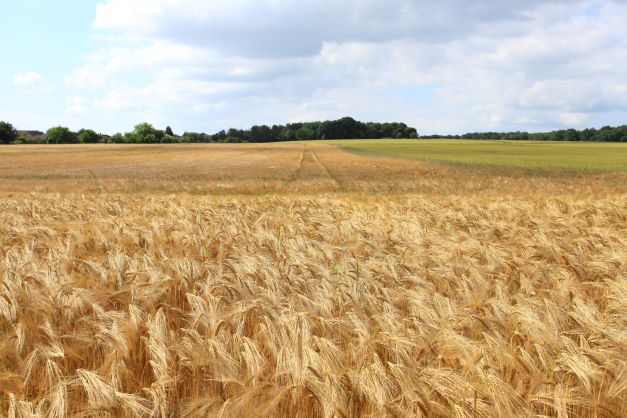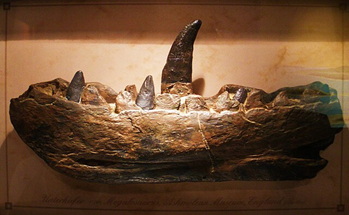Well-behaved women seldom make history (or change society for the better)
The Ascott Martyrs were a group of 16 women who were sent to Oxford Prison in 1873 for “rioting in Chipping Norton”. These tenacious women were arrested for the role they played in attempting to persuade local farm workers to unionise but were later pardoned by Queen Victoria and returned home as martyrs.
In the middle of the 19th century farm workers’ wages were low, particularly in Oxfordshire, which was one of the poorest parts of the country. In the little Oxfordshire village of Ascott-under-Wychwood, the local farm workers had joined the National Union of Agricultural Workers and set up a branch in their community. Trade Unions had only been legalised in the UK two years earlier, and working conditions and wages were still very low. In response to their unionising, and attempts to increase wages, their employer, Mr Hambidge sacked the men and employed men from the neighbouring village of Ramsden to do his hoeing. The women of Ascott arranged a demonstration in the fields and tried to persuade the neighbouring workers to join the union, rather than undercut its efforts. For this, some of the women were charged with “obstructing and coercing John Hodgkins and John Miller with a view to inciting them to leave their employment”. In 1873 strikes for higher wages were legal, but picketing was not.
The two magistrates in Chipping Norton who heard the case, tried to stop it from proceeding and asked Mr Hambidge not to prosecute the women, but he insisted on it. The 16 women from Ascott, Martha Smith, Mary Moss, Charlotte Moss, Ann Susan Moss, Fanny Honeybone, Ann Moss, Rebecca Smith, Martha Moss, Caroline Moss, Elizabeth Pratley, Mary Pratley, Lavinia (Levia) Dring, Amelia Moss, Jane Moss, Ellen Pratley and Mary Moss were charged and sentenced to imprisonment with hard labour, for a period ranging from one week to ten days. During proceedings, a crowd of 1,000 people gathered and surrounded the court. Violence broke out as the people attempted to free the women. A couple of hours later reinforcements arrived from Oxford and the women were taken to Oxford Prison in four horse-drawn wagons. Two of the women had their babies with them, one of them only ten weeks old, while the other children were cared for by neighbours and with the help of the Union.
The local community continued to fight for the release of the Ascott women, the story of their plight reached the national press and questions were raised in parliament. A personal appeal was sent to Queen Victoria, who pardoned the women and they returned home as martyrs to their cause. Queen Victoria gifted each woman a petticoat and 5 shillings and the National Union of Agricultural Workers gave the women £5 and enough silk to make a new dress.
As a result of the women’s efforts, and the efforts of the Union, wages were raised by 2 shillings a week for the local farm workers of Ascott-under-Wychwood. Within two years of these riotous Oxfordshire events, the law against picketing was repealed, helping to improve conditions and wages for workers up and down the country.
The Martyrs’ Tree and Benches on Ascott’s village green commemorates the women of Ascott who played their part in the Trade Union Movement and helped secure better wages for their community.
Written by volunteer Laura Lys – creator of the Riot Room, a space dedicated to the promotion of women and women-centred culture.
Want to write your own Oxford-inspired post? Sign up as a volunteer blogger.



